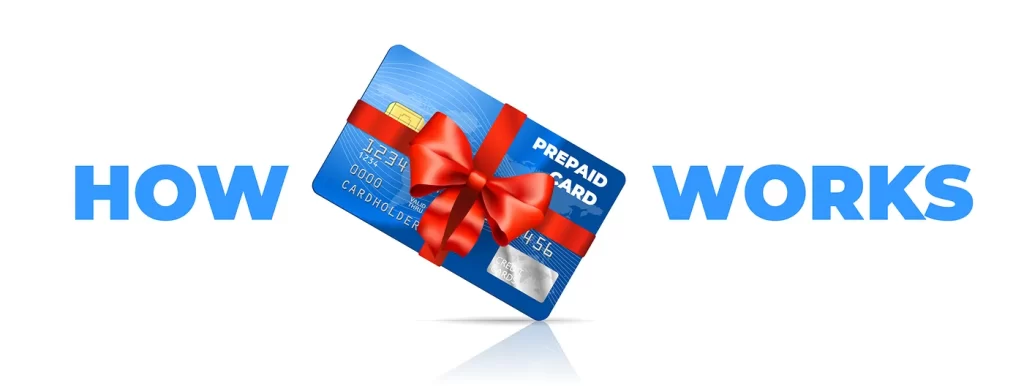By referring to Prepaid Cards, we first need to agree on what do we understand by Prepaid Card, and how do we see it? Do we see it as a closed card program or an open card program?
Many get confused in the definition of what exactly is a Prepaid card?
A Prepaid Card can be defined as a secured card (a plastic) that enables users to process transactions in order to make purchases of goods and/or services. We can then say that we do have two types of Prepaid Cards:
- Closed Card Programs.
- Open Card Programs.
A Closed Card Program is usually referred to as a closed-loop, mostly in the form of Gift Cards, used by many stores. On the other hand, an Open Card Program is usually referred to as a debit card, which is linked to a bank account. Both solutions could be referred to as Prepaid Card solutions; however, one does not require the need of having a bank account but for the other, having a bank account is a must. To some extent, some countries around the world are now initiating closed-loop programs, as a debit card, for domestic card transactions. For instance, a country may opt to have a closed-loop domestic card program that can only be utilized in the country, in form of a domestic prepaid card scheme.
In today’s world, Financial Institutions (FI) are working hard to promoting Financial Inclusion by providing financial services and/or products to customers at a very affordable cost. However, despite, the efforts and times put together by Financial Institutions, the results for getting everyone inclusive into the Financial Ecosystem is still low. Therefore, FI is constantly improving their products/solutions in order to meet customers satisfaction by positioning solutions such as Prepaid Cards in order to make inclusion attractive.
That is why, to meet customer’s satisfaction, Financial Institutions have opened up to the closed/open loop payment program to reach out to all markets and/or segments. These programs have been put in place to solving problems for Consumers, Retailers, Corporates, and Governments.
The benefit of those cards is that consumers can make use of the solution to make a purchase, pay bills, transfer funds, and/or withdraw cash from an ATM, Merchant/Retailer stores, or an Agent (Agency Banking), in a very convenient and secure way.
Prepaid Cards used by the bank (“the debit card”), can also be offered to customers who do not qualify for credit facilities. By these means, the bank is offering a product to customers which will enable them to transact by using their own funds. On the other hand, Retailers or Merchants are also offering similar solutions to customers in form of Gift Cards, for instance, as previously mentioned.
Once a Prepaid Card has been offered to a customer, the Service Provider will immediately issue a card to the customer in order to enable the customer to start transacting from day one. Nevertheless, to make this mechanism fully functional:
- A plastic card will have to be issued to the customer.
- Customer will have to load own funds onto the cards.
- The card will have an Expiring Date, Card Number, and a PIN.
- Customers can now start transacting.
Yet, for Prepaid Card such as Gift Cards, cards can only be used within a network of retailers, and most of the time, the card does not have a PIN number for acceptance of transactions. However, transactions are authorized on a signature basis.
So, Prepaid cards could be considered as a fast-growing segment for Retail Banking and Merchant Services Industry despite entries of new innovative payment technologies.
Author:
Nsele P. Bokuma, Director-Sales, South Africa
Wibmo A PayU/Naspers FinTech Company

